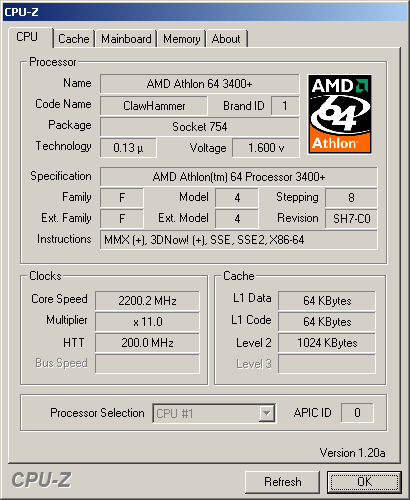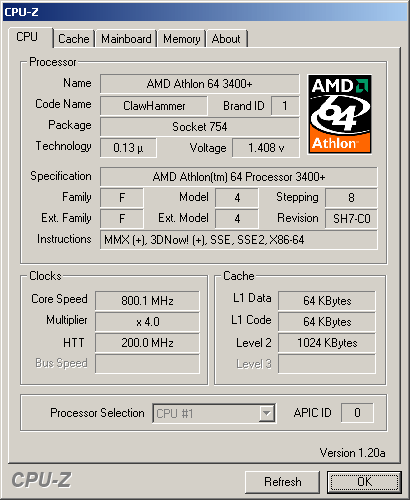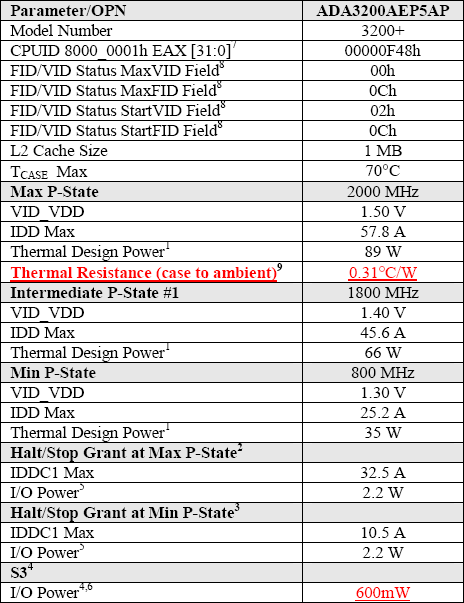Revving up in the New Year: AMD Athlon64 3400+ versus Intel P4 3.2 GHz
Cool & Quiet: Glad To See It, Too Bad It's Largely Ignored
How to keep the processor cool without ratcheting down performance remains an issue. With the Athlon64 3200+ you're talking about up to 89 watts being converted into thermal energy; the 3400+ does not exceed this number. This, however, does only apply in case of full CPU load.
The consequence is always similar, whether you deal with a processor from AMD or Intel: you need a big heat sink supported by a powerful fan. If you don't want it to be annoyingly loud, you'll have to opt for a more expensive model - or go with a water-cooling solution right off the bat, making the system a lot more complicated and pricier. A whole industry segment meanwhile exists for cooling souped-up semiconductors.
For all that, the key to less power loss and thus to quieter systems is really quite simple: decrease speed where you don't need it. In reality, this is bound to be the case for far in excess of 50% of all operating time in Windows under normal daily use. Cool & Quiet pursues the same strategy already introduced by AMD with PowerNow!: depending on the CPU load, the processor speed is reduced or adjusted in several stages. When there's nothing to do, it produces less speed and less voltage, resulting in less heat loss. When capacity is high, the rate is simply increased until the processor is running at its specified clock speed.
Unfortunately, motherboard producers don't offer the level of support for Cool & Quiet that we would like to see. All that has to be done is to adjust the BIOS for Cool & Quiet, yet the overwhelming majority of manufacturers so far couldn't be bothered. Don't despair, though - a simple BIOS update can remedy this grievous state of affairs.
CPUZ sped up our test processor to exactly 2,200 MHz. That suggest performance equivalent to a Pentium 4 at 3,400 MHz. Check the benchmark section to see if this claim holds water.
With Cool & Quiet activated, the minimum speed is 800 MHz.
This table is contained in the "Processor Power and Thermal Data Sheet" for the Athlon64 and shows the voltages, thermal resistance and processor power with Cool & Quiet. Unfortunately, the specs for the 3400+ were not yet available at the time of our tests, which is why we used the data of the Athlon64 3200+.
Get Tom's Hardware's best news and in-depth reviews, straight to your inbox.
Current page: Cool & Quiet: Glad To See It, Too Bad It's Largely Ignored
Prev Page Athlon64 3400+ In Detail Next Page Overclocking: Looks Good!
Patrick Schmid was the editor-in-chief for Tom's Hardware from 2005 to 2006. He wrote numerous articles on a wide range of hardware topics, including storage, CPUs, and system builds.


